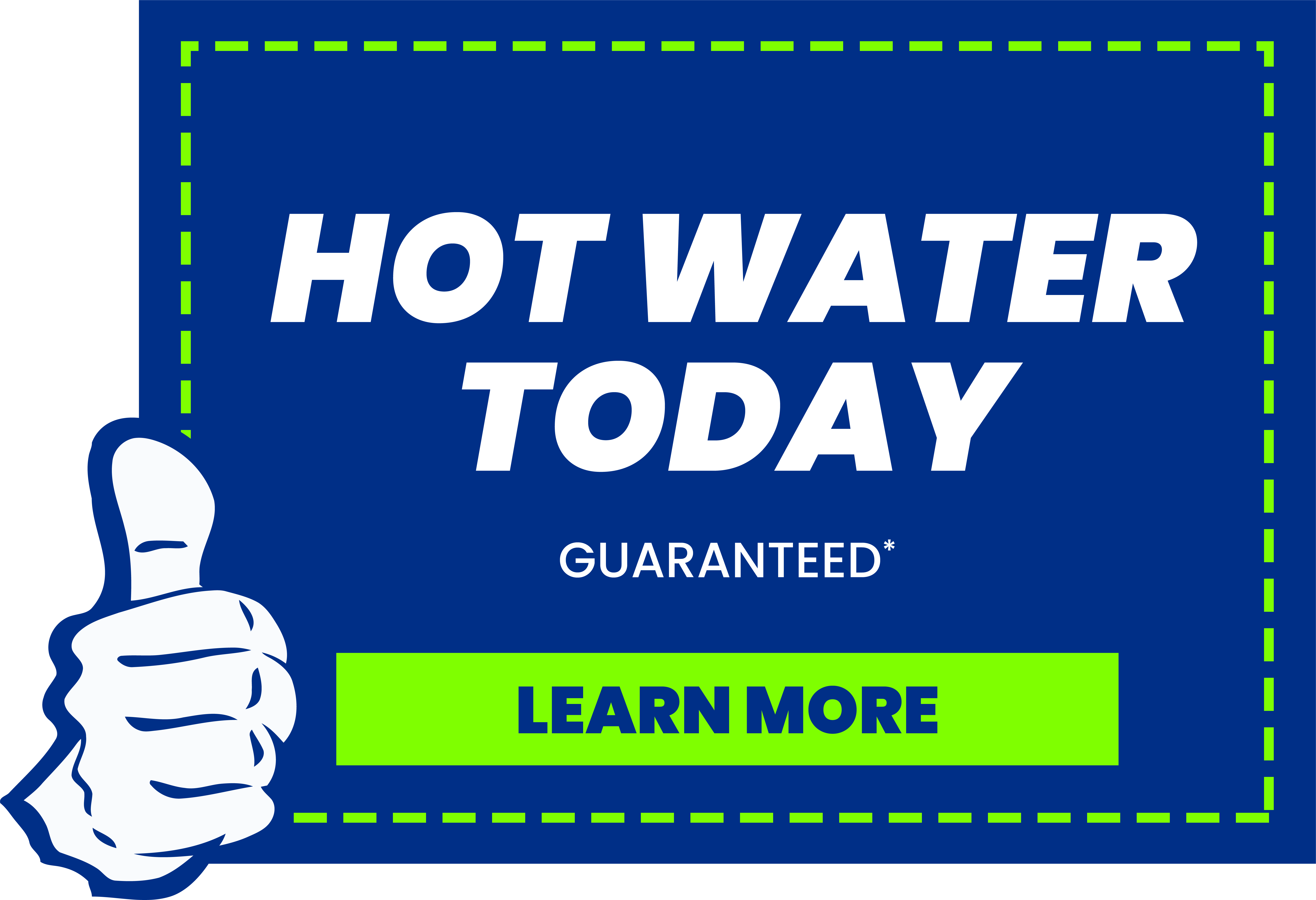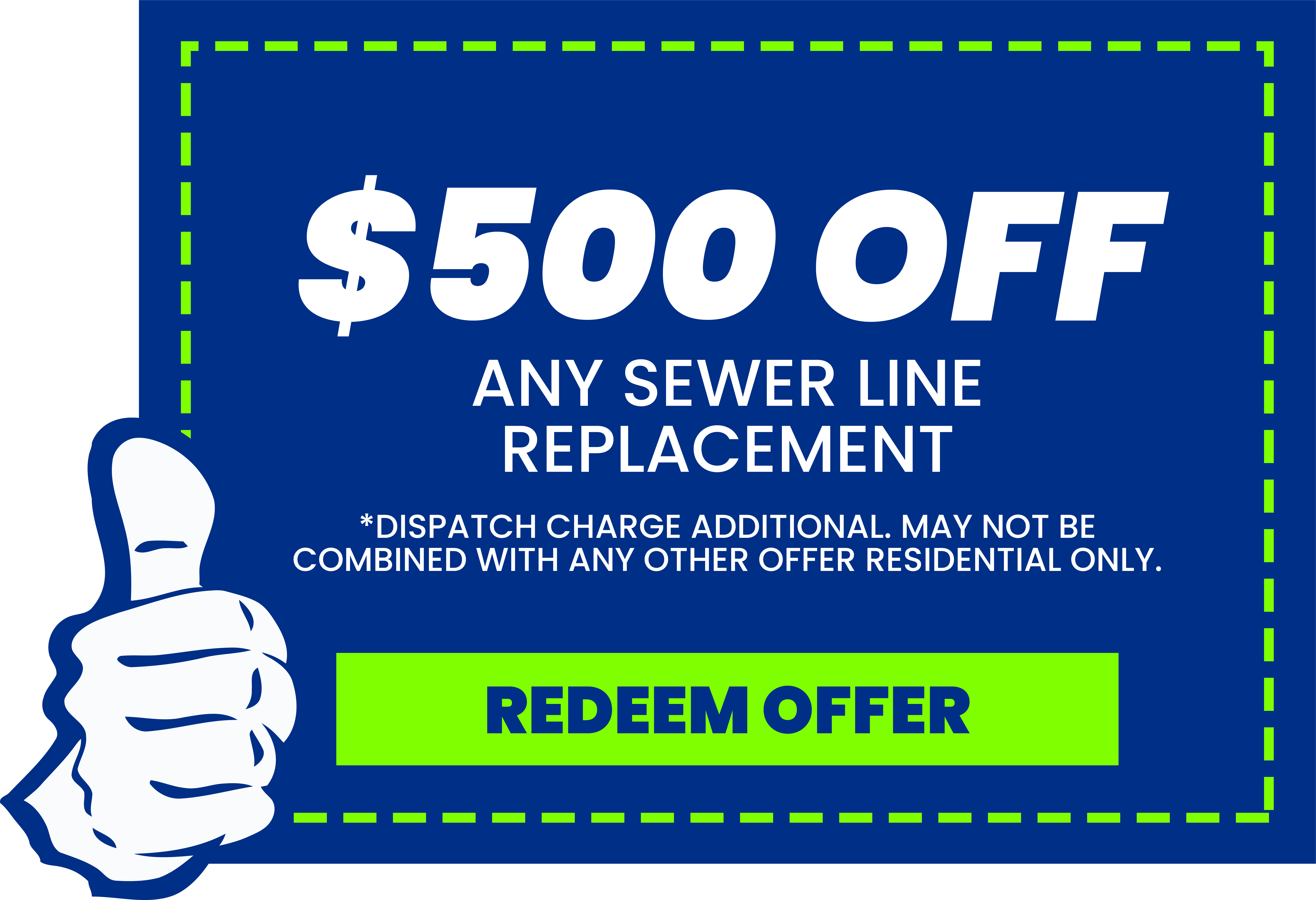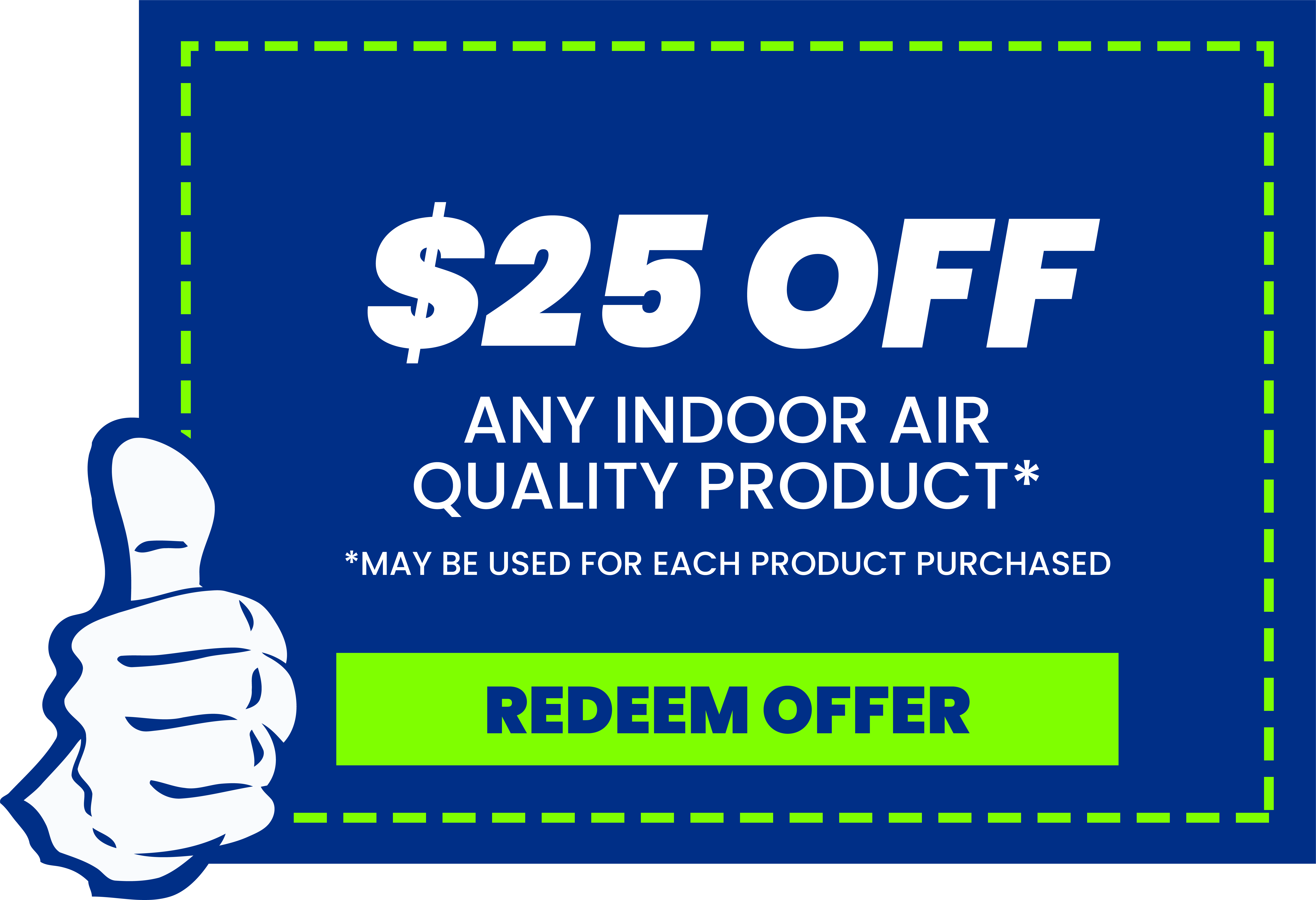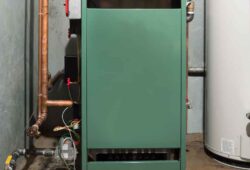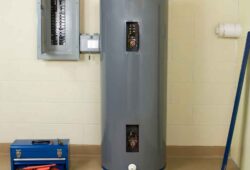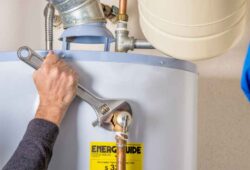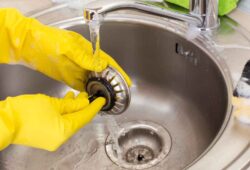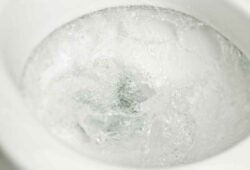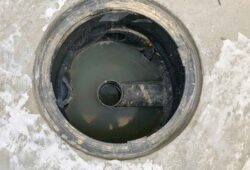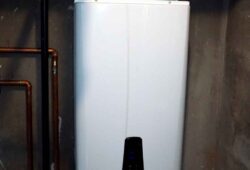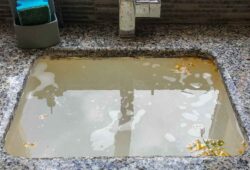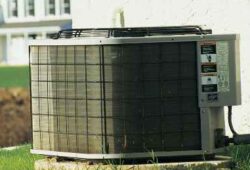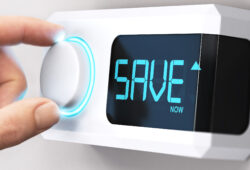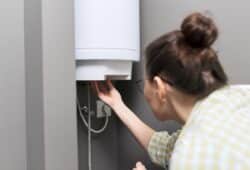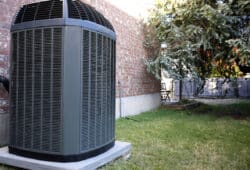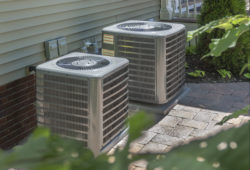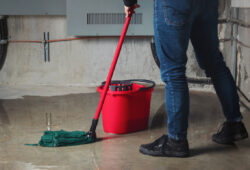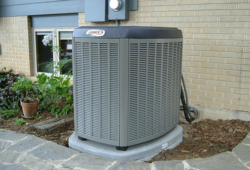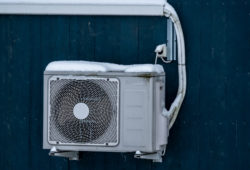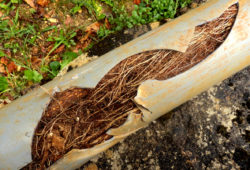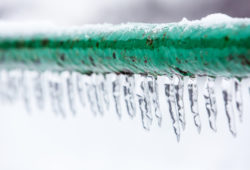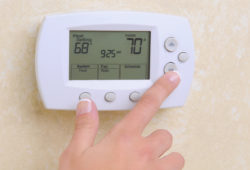A clogged sink drain can be a nuisance, disrupting your daily routine and causing frustration. Whether it’s due to accumulated food particles, grease, or hair, knowing how to unclog a sink drain can save you time and hassle. This guide will provide various methods to unclog a sink drain, from simple DIY solutions to knowing when to call a professional.
Common Causes of Clogged Drains
Understanding the root causes of clogs can help you prevent them in the future. Here are some common reasons why drains get clogged:
- Food Particles: Kitchen sinks often get clogged with food scraps that don’t break down easily.
- Grease and Oils: Pouring grease or oil down the drain can lead to buildup and blockages.
- Hair: Hair is a common culprit in bathroom sinks, forming clogs over time.
- Soap Scum: Soap can combine with minerals in the water to form a hard residue that clogs drains.
- Foreign Objects: Small objects like jewelry, toys, or debris can accidentally enter the drain and cause blockages.
Effective Methods to Unclog a Sink Drain
1. Hot Water Flush
One of the simplest ways to clear a clog is by using hot water. Here’s how:
- Boil Water: Bring a kettle or pot of water to a boil.
- Pour Slowly: Carefully pour the hot water down the drain in two to three stages, allowing it to work on the clog between pours.
- Repeat: If necessary, repeat the process to fully clear the blockage.
2. Baking Soda and Vinegar
This natural method is effective and environmentally friendly:
- Remove Excess Water: If there is standing water in the sink, remove it using a cup or bowl.
- Add Baking Soda: Pour one cup of baking soda down the drain.
- Add Vinegar: Follow with one cup of white vinegar. The mixture will fizz and bubble, breaking down the clog.
- Wait and Rinse: Let the mixture sit for about 15 minutes, then rinse with hot water.
3. Plunger
A plunger can be a powerful tool for unclogging drains:
- Seal the Overflow: If your sink has an overflow hole, seal it with a wet cloth to create a better seal.
- Position the Plunger: Place the plunger over the drain, ensuring it covers the entire opening.
- Plunge: Push and pull the plunger vigorously to create suction and dislodge the clog.
- Test the Drain: Remove the plunger and check if the water drains properly. Repeat if necessary.
4. Plumbing Snake
A plumbing snake, or auger, is useful for tougher clogs:
- Insert the Snake: Push the snake into the drain until you encounter resistance.
- Rotate the Handle: Rotate the handle to break up the clog and push it through the drain.
- Retrieve the Snake: Pull the snake out, bringing the debris with it.
- Flush with Water: Run hot water to clear any remaining particles.
5. Wet-Dry Vacuum
A wet-dry vacuum can be effective for removing clogs:
- Set to Wet Mode: Adjust the vacuum to the wet setting and cover the vent to avoid mess.
- Seal the Drain: Use a towel or rag to create a seal around the vacuum hose and the drain.
- Vacuum the Clog: Turn on the vacuum to suction out the clog.
Preventive Measures to Avoid Clogs
Preventing clogs is easier than dealing with them. Here are some tips:
- Use Strainers: Install drain strainers to catch food particles, hair, and other debris.
- Dispose of Grease Properly: Let grease and oils solidify, then dispose of them in the trash instead of pouring them down the drain.
- Regular Cleaning: Clean your drains regularly with baking soda and vinegar or a commercial drain cleaner.
- Be Mindful of What You Flush: Avoid flushing non-degradable items like wipes, cotton balls, and dental floss.
When to Call a Professional
While many clogs can be resolved with DIY methods, some situations require professional intervention. Persistent clogs, foul odors, and recurring issues are signs that it’s time to call a plumber. Professionals have the tools and expertise to diagnose and fix complex plumbing problems.
Call Preferred Home Services Today!
Learning how to unclog a sink drain can save you from the inconvenience and expense of a plumbing emergency. By following the methods outlined in this guide, you can effectively address most clogs and maintain clear drains. Regular maintenance and preventive measures are key to avoiding future blockages.
If you encounter a stubborn clog or prefer professional assistance, don’t hesitate to contact Preferred Home Services for all your drain cleaning needs. Our experienced technicians are ready to provide you with top-notch service and ensure your plumbing system remains in excellent condition. Reach out to us today to schedule an appointment!










